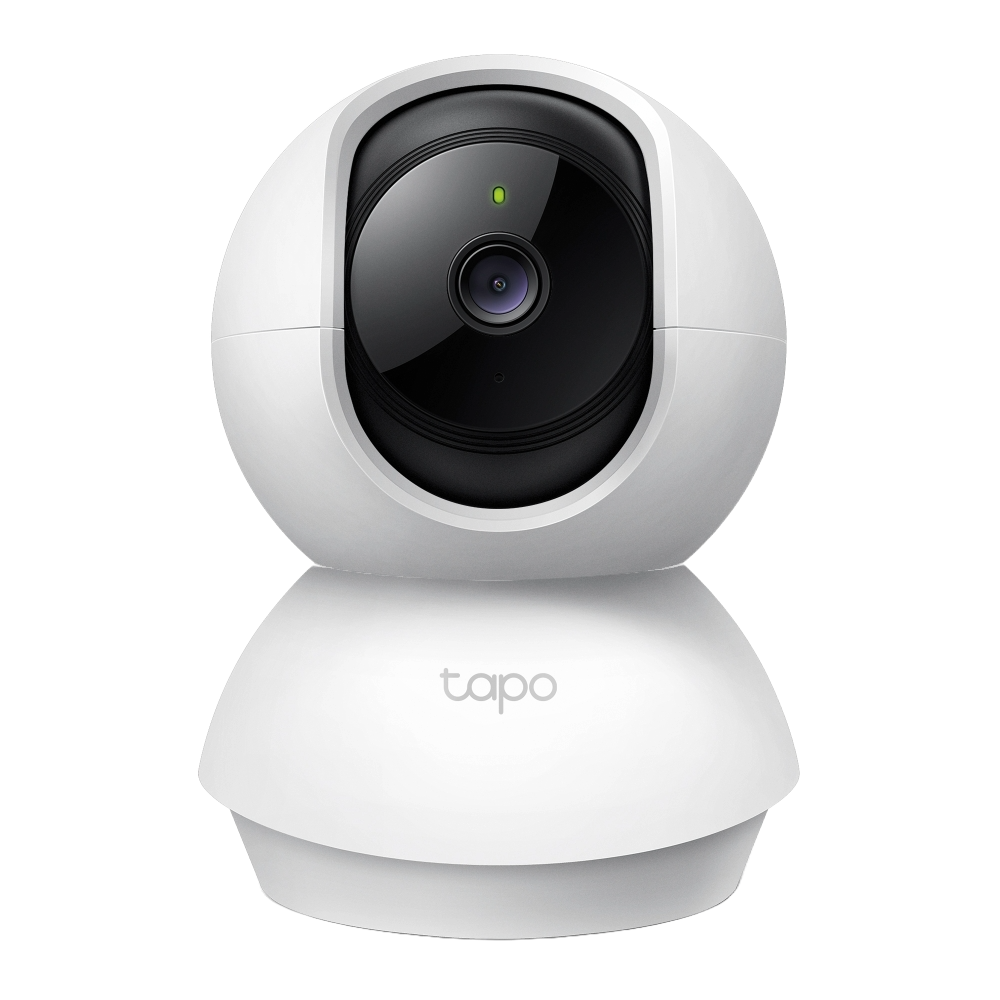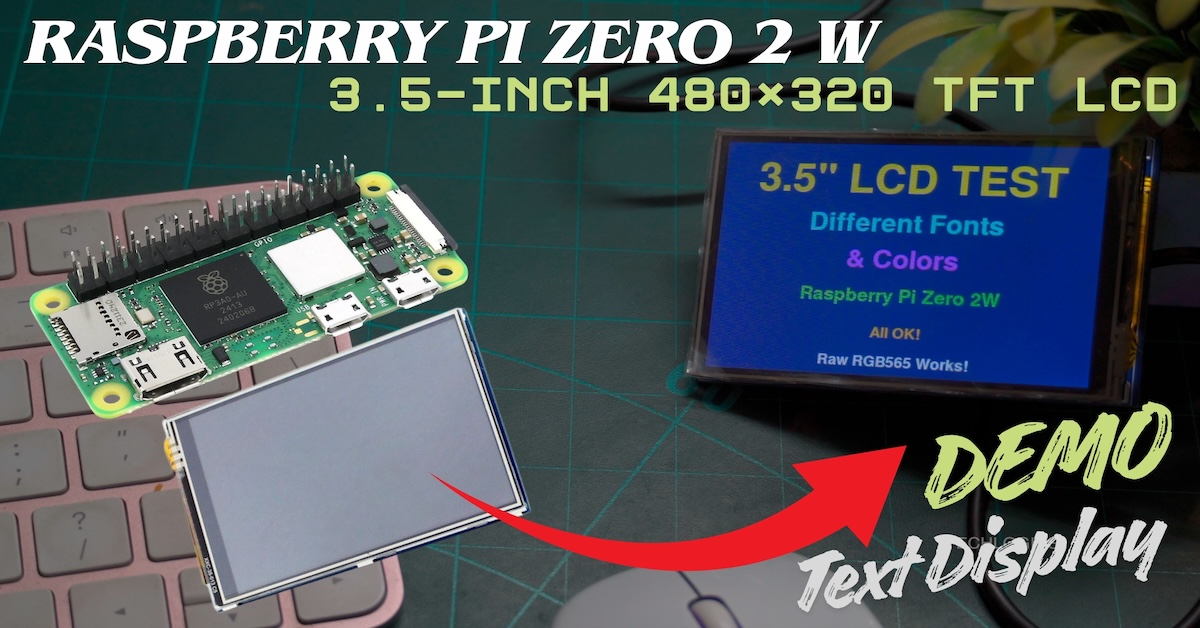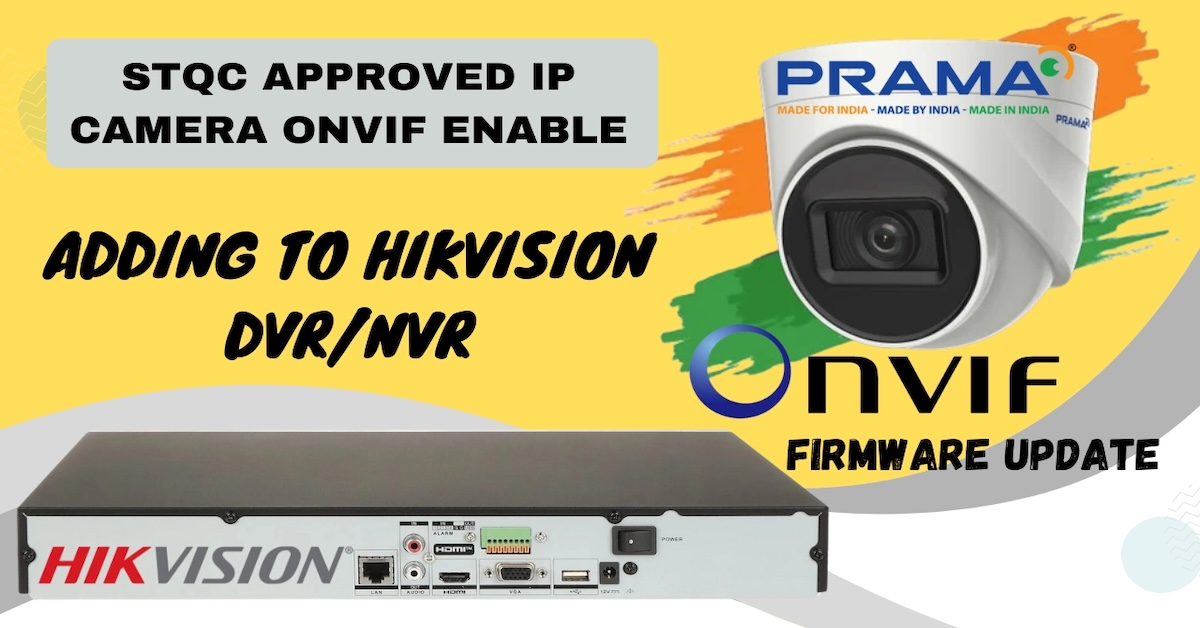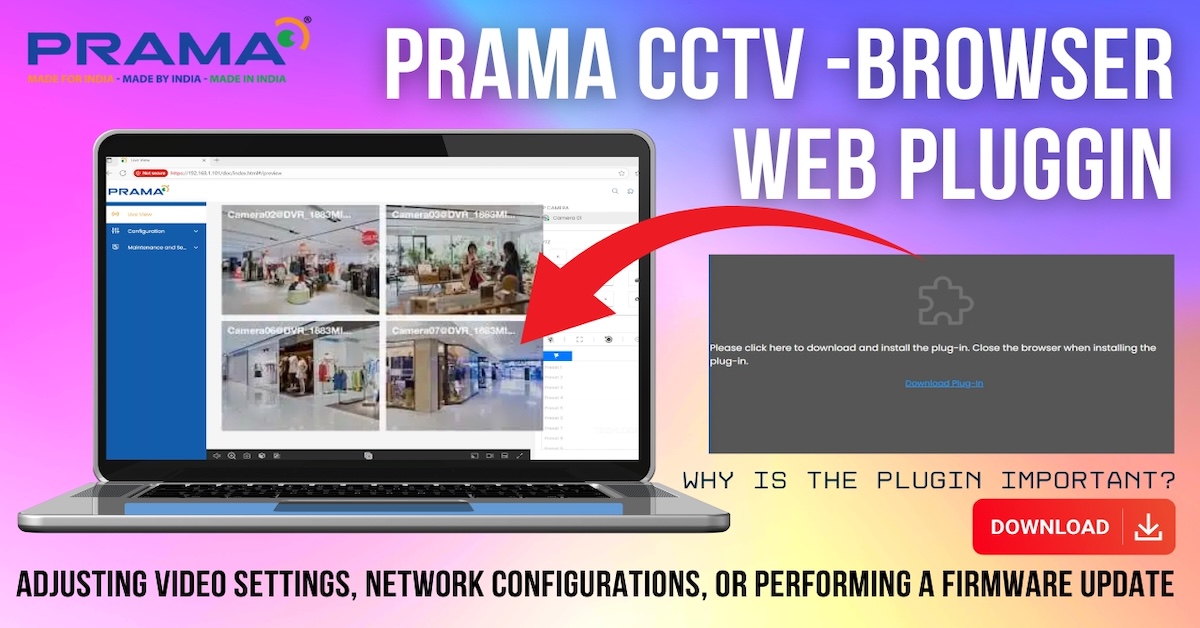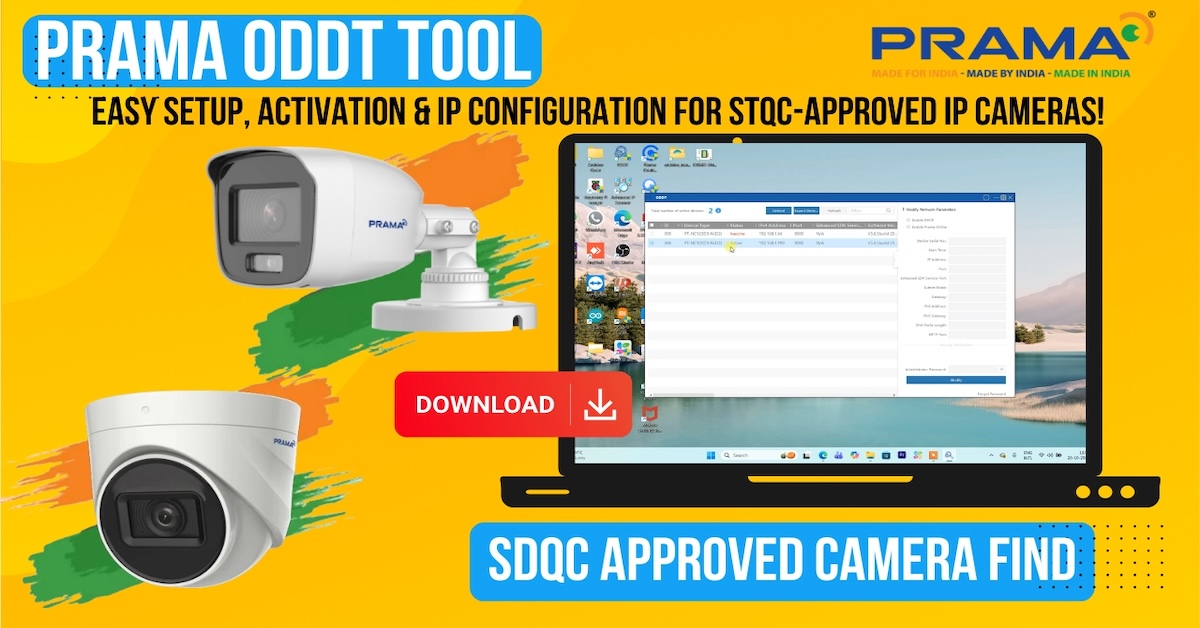Installing a CCTV camera in an elevator is essential for ensuring safety and security, but it often comes with the challenge of dealing with complicated cabling. In this post, we’ll guide you through a reliable, cost-effective wireless solution that avoids the need for running cables through the elevator shaft. This method is perfect for those looking for a long-term security solution that’s easy to install and maintain.
Why Use a Wireless Solution for CCTV in Elevators?
Traditional elevator CCTV installations require complex cabling, which can be costly and time-consuming. By using a wireless setup, you eliminate the need for these cables, making the installation process much simpler. This approach is ideal for retrofitting existing elevators or for new installations where ease of setup and minimal disruption are priorities.
Key Components for the Setup
The setup uses WiFi access points to establish a wireless bridge between the elevator cabin and the basement shaft. This allows the IP camera inside the lift to communicate with your existing DVR (Digital Video Recorder) or NVR (Network Video Recorder) system wirelessly. In this example, we’ll be using TP-Link Outdoor CPE (Customer Premises Equipment) devices for wireless communication.
Here’s what you’ll need:
- IP Camera: Any brand of IP camera that supports connection to DVR or NVR systems.
- DVR or NVR: For recording and monitoring video footage.
- TP-Link Outdoor CPE: Acts as both the transmitter (in the lift shaft) and receiver (in the lift cabin).
- PoE (Power over Ethernet) Adapter: Supplies both data and power to the CPE devices through a single Ethernet cable (This device comes with most of CPE).
Step 1: Setting Up the Transmitter CPE in the Lift Shaft
(Note: It’s recommended to configure the CPE before installing it into the lift shaft for a smoother installation process.)
- Unbox the CPE:
Start by unboxing the transmitter CPE (Customer Premises Equipment). Ensure you have all the components, including the CPE unit, power adapter, Ethernet cable, and mounting accessories. - Connect the CPE to Your Computer:
Before installing the CPE in the lift shaft, connect it to your computer for configuration. Use an Ethernet cable to connect the CPE to your computer or a switch if available. - Power Up the CPE:
Plug the CPE into a power source using the provided power adapter. Wait for the device to power on completely (usually indicated by LEDs).


- Log Into the CPE Interface:
- Open a web browser on your computer.
- Enter the default IP address of the CPE in the browser’s address bar (this is typically printed on the CPE unit or its manual).
- Log in using the default credentials (usually “admin” for both username and password unless otherwise specified).
- Basic Configuration:
Now, proceed with the basic setup:- Mode Selection: Set the transmitter CPE to Access Point (AP) mode or Bridge mode, depending on your requirement.
- Wireless Frequency: Choose the correct wireless frequency (e.g., 2.4 GHz or 5 GHz). The 5 GHz frequency is often preferable for less interference, but ensure your receiver CPE supports it.
- SSID: Set a unique name (SSID) for your wireless network to easily identify it later.
- Channel Selection: Select a channel with the least interference, or let the CPE choose automatically.
- Set Up Security:
- Navigate to the security settings and enable encryption for secure communication.
- WPA2-PSK is recommended for better security.
- Set a strong password for the wireless network to prevent unauthorized access.
- Assign Static IP (Optional):
If you prefer to manage the CPE with a fixed IP address, assign a static IP within the local network range. This will help with easy monitoring and management. - Test Connectivity:
- Once the settings are configured, apply the changes.
- Disconnect the CPE from your computer and try to connect wirelessly using a mobile device or laptop to confirm the transmitter is working correctly.
- Final Check Before Installation:
- Ensure the wireless signal is strong enough to cover the distance between the lift and the receiver.
- Verify that all settings are saved and backed up for future reference.
- Prepare for Physical Installation:
Now that the transmitter CPE is configured, you can install it in the lift shaft. Make sure to position the device securely, facing the correct direction to maintain a stable wireless connection with the receiver.
By configuring the CPE before physical installation, you’ll streamline the process and avoid potential troubleshooting issues in the challenging environment of the lift shaft.










Step 2: Setting Up the Receiver CPE in the Lift Cabin
(Note: It’s recommended to configure the receiver CPE before installing it in the lift cabin for ease and efficiency.)
- Unbox the Receiver CPE:
Open the package and take out the receiver CPE along with the power adapter, Ethernet cable, and mounting accessories. Make sure all components are available and in good condition. - Connect the CPE to Your Computer:
Before installation in the lift cabin, connect the receiver CPE to your computer via Ethernet cable. This will allow you to configure the device more conveniently. - Power Up the CPE:
Plug the receiver CPE into a power source using the provided power adapter. Wait for the device to power up fully, indicated by the LEDs. - Log Into the CPE Interface:
- Open a web browser on your computer and enter the CPE’s default IP address (typically printed on the device or manual) into the address bar.
- Log in using the default username and password, usually “admin/admin” or as specified in the manual.
- Basic Configuration:
- Mode Selection: Set the receiver CPE to Client mode or Station mode, depending on your CPE model.
- Wireless Frequency: Ensure the frequency matches the one set in the transmitter CPE (either 2.4 GHz or 5 GHz).
- SSID: Scan for available networks and select the SSID of the transmitter CPE that was configured in Step 1.
- Signal Strength Adjustment: If the signal strength is low, try adjusting the angle of the antenna slightly during this setup phase to optimize the connection later.
- Security Setup:
- Ensure the security settings match the transmitter’s encryption protocol (e.g., WPA2-PSK).
- Enter the same password that was set on the transmitter to establish a secure connection.
- Assign Static IP (Optional):
Similar to the transmitter, you may assign a static IP to the receiver CPE. This will help with monitoring and managing the device on the network easily. - Test the Connection:
- After setting up the receiver CPE, apply the changes and test connectivity with the transmitter CPE.
- You should see a stable connection between the two CPEs, which can be verified through the signal strength and link quality indicators on the interface.
- Ensure there is no interference and the connection speed is adequate for the lift cabin’s network requirements.
- Check Data Flow:
- Use your computer to run a basic ping or speed test between the transmitter and receiver CPE to ensure that data is being transferred properly.
- If needed, fine-tune the settings like signal power, channel width, or output power to optimize the performance.
- Save and Back Up Configuration:
Once the receiver CPE is set up and working correctly, save all the configurations and create a backup file. This will allow for quick restoration in case of future issues. - Prepare for Installation in the Lift Cabin:
- After confirming the configuration is correct, prepare the receiver CPE for installation in the lift cabin.
- Ensure the mounting position inside the lift cabin is suitable, with a clear line of sight to the transmitter CPE installed in the lift shaft.
- Secure the device properly to prevent movement during lift operations.
By configuring the receiver CPE beforehand, you can avoid unnecessary challenges and ensure a smooth installation and connection within the lift cabin.







Step 3: Connecting the IP Camera to the NVR/DVR System
- Connecting the Receiver CPE to the IP Camera
- Once the receiver is configured and connected to the transmitter, you can connect the LAN port of the receiver CPE to the IP camera inside the elevator cabin.
- The camera will now transmit video footage wirelessly through the CPE to the transmitter in the lift shaft.
- Connecting the Transmitter CPE to the DVR/NVR
- Connect the transmitter CPE to the DVR or NVR system using the second LAN port on the PoE adapter.
- This connection allows you to record and monitor the video feed from the elevator camera on your DVR/NVR system.

Step 4 : Camera Connection – Wireless Setup for IP Cameras with CPEs
To establish a reliable connection between the IP camera and the CCTV recorder in the lift, follow these detailed steps using the receiver CPE and an IP camera. This method allows seamless wireless streaming of the camera feed directly to the CCTV system, making it perfect for enclosed or hard-to-reach areas like lift shafts and cabins.
Camera Selection and Setup:
For this demonstration, we are using the TP-Link VIGI camera, though any brand of IP camera or CCTV system can be used, as long as it supports LAN and DC power input. The TP-Link VIGI camera was selected for its advantageous features:
- 2.8mm Lens: This provides a wider field of view, making it ideal for covering the entire lift cabin. The wide-angle is beneficial for monitoring short distances, ensuring complete security coverage.
- Compact Design: Its small, unobtrusive profile makes it easy to install on the lift cabin’s ceiling without being noticeable or taking up much space.
- Vandal-Proof: This feature protects the camera from tampering or damage, crucial in areas like lifts that experience frequent public use.
Connecting the IP Camera to the Receiver CPE:
- LAN Connection:
- Use a Cat 6 Ethernet cable to connect the IP camera’s LAN port to the LAN port of the PoE adapterconnected to the receiver CPE.
- This wired connection enables smooth data communication between the camera and the receiver, which will wirelessly transmit the data to the transmitter CPE, and ultimately, to your CCTV system.
- Powering the Camera:
- Connect an external DC 12V 2A power adapter to the camera’s DC input pin to supply power.
- Ensure the AC supply for the power adapter is sourced from the lift roof for a secure and optimal installation.
- Confirming Connection:
- Once the camera is powered, check for the LAN port LED on the receiver CPE. This LED will illuminate, indicating a successful data connection between the camera and the receiver CPE.
- This step confirms the camera’s readiness to transmit the video feed wirelessly to your CCTV system.
Accessing the Camera’s IP Address:
- The connected camera’s IP address can be identified through the web interface of the receiver CPE. If the CCTV DVR or NVR cannot detect the camera’s IP during setup, manually checking the receiver CPE’s interface will help you identify the camera’s IP.
- Access the camera’s IP via your web browser to initiate configuration.
Camera Activation and Configuration:
When using the TP-Link VIGI camera for the first time, the camera must be activated.
- Login to the camera interface using its IP address, which you obtained from the receiver CPE.
- Create a new username and password during the setup process.
- Set Security Questions and provide a recovery email to ensure easy password recovery in the future.
- Once these steps are completed, the camera is activated and ready to be integrated into your CCTV system.
Configuring a Static IP Address:
For seamless integration with your CCTV recorder:
- Navigate to Settings > Network Settings in the camera interface.
- Select Static IP from the IPv4 Mode drop-down menu.
- Enter the appropriate IP address, subnet mask, and gateway based on your CCTV network configuration.
- Example: Set the camera’s IP address to 192.168.1.201 for easy access.
- After configuring, the camera will reboot automatically. Access the camera again using the new IP address.
Adding the Camera to the DVR/NVR:
Now that the camera’s live stream is accessible, integrate it with your DVR or NVR for centralized recording and monitoring:
- Go to the DVR’s Camera Management section, and select IP Channel.
- If the system does not auto-detect the camera, manually add it by:
- Entering the camera’s IP address.
- Selecting the Onvif protocol (enabled by default for TP-Link VIGI cameras).
- Entering the port number (default is 2020 for VIGI cameras).
- Providing the camera’s login credentials.
This manual process ensures that the IP camera is fully integrated into your CCTV system, allowing seamless recording and centralized viewing from the lift cabin and other areas in the network.


Step 5: Testing the Setup
- Verifying the Connection
- Access the DVR or NVR interface and ensure that the elevator camera feed is live and transmitting without any interruptions.
- Check the signal strength and video quality on both the transmitter and receiver CPEs through their respective status pages.
- Troubleshooting
- If the signal is weak or the video quality is poor, consider adjusting the positions of the CPEs for better alignment or enabling the Max Stream feature to optimize performance.
- Ensure that both CPEs are securely mounted and that there are no physical obstructions between the devices.
Benefits of Using This Wireless CCTV Solution for Elevators
- No Complex Cabling: This wireless solution eliminates the need for running cables through elevator shafts, saving time and reducing installation complexity.
- Cost-Effective: Avoiding extensive cabling cuts down on costs, especially for high-rise buildings.
- Easy to Install: With just a few devices and minimal wiring, you can set up a reliable wireless CCTV system in your elevator.
- Flexible Integration: This setup works with any IP camera brand and can be integrated into your existing DVR or NVR system.
- Long-Term Durability: The outdoor CPEs are designed to withstand various environmental conditions, ensuring a stable connection for years to come.
This step-by-step guide should help you understand how to install a wireless IP CCTV camera in an elevator using TP-Link Outdoor CPE devices. The process is straightforward, efficient, and provides a durable solution for long-term security. If you have any questions or run into issues during installation, feel free to leave a comment below, and we’ll assist you.



